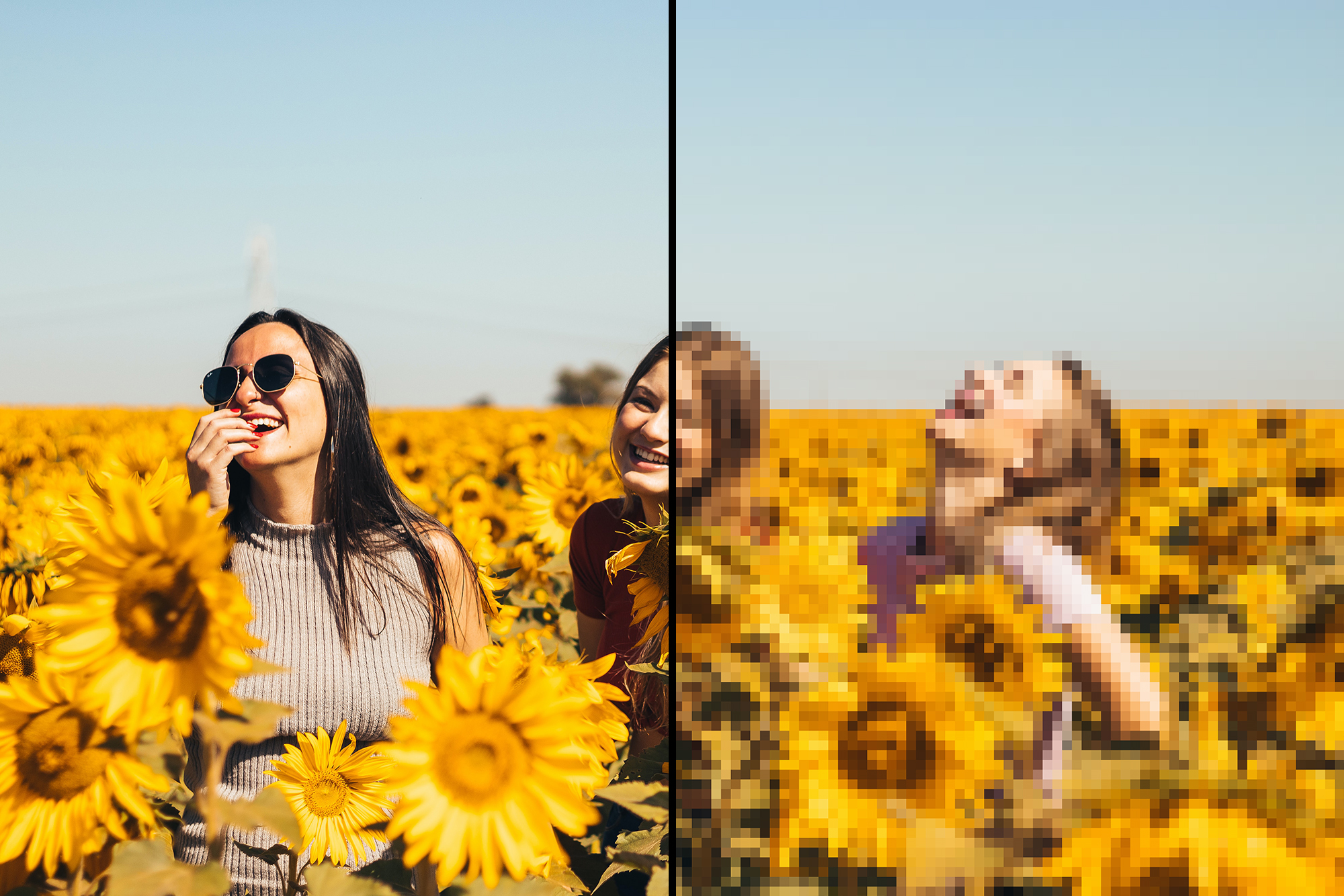Guide to Understanding High-Resolution Images
In the dynamic realms of design, publishing, and art exhibitions, high-resolution images stand as the pillars of visual excellence. These crisp, clear images are not merely about aesthetics but play a vital role in conveying messages with precision and clarity.
Demystifying High-Resolution:
The term ‘high resolution’ is synonymous with rich detail and clarity in images. It’s all about a higher concentration of pixels, which translates into a superior quality, making every detail pop.
High vs Low Resolution: What’s the Big Deal?
The distinction is pretty straightforward:
- High-resolution images: They are rich in detail, offering superior quality at the expense of larger file sizes.
- Low-resolution images: These are less detailed and have lower quality but come with smaller file sizes, which can be handy in certain scenarios.
The choice between high and low resolution hinges on the nature and purpose of your project. For instance, a life-sized poster demands high resolution to retain the crispness of the image, whereas, for web graphics or stickers, a lower resolution might suffice.

Source: Unsplash
The Metrics of Image Resolution:
Image resolution is measured primarily through two metrics:
- PPI (Pixels Per Inch): This is crucial for digital images, where a value of 300 PPI is considered high-resolution.
- DPI (Dots Per Inch): This is pivotal for printed images, with 300 DPI being a benchmark for high resolution.
Another indicative measure is the file size; a larger file size often denotes higher resolution due to the increased pixel count.
The Necessity of High-Resolution:
High-resolution images are indispensable when the goal is to deliver visually compelling content. They are particularly crucial in:
- Social Media: High-resolution images are important for social media usage.
- Posters: Where every detail matters.
- Artwork and Fine Photography: High resolution brings out the subtleties and nuances.
- Nature Photography: Captures the natural beauty in all its glory.
- Printing: High resolution ensures the printed images are clear and sharp.

Source: Unsplash
Identifying High-Resolution Images:
At a glance, high-resolution images exhibit a clear visual quality. For more technical verification, inspecting the DPI or PPI in photo editing software like Photoshop is the way to go. Select ‘ Image Size ‘ under the ‘Image’ menu and check the resolution.
Selecting the Right Photos for High-Resolution Quality:
When choosing photos, it’s essential to ensure they are high-resolution to maintain quality. Look for images from reputable sources or captured with high-quality cameras. Checking the image’s PPI or DPI values and file size can also indicate its resolution. It’s always better to opt for images with a higher resolution as they provide better clarity and can be scaled down if needed without losing quality.
Transferring High-Resolution Images: Tools to Use and Avoid:
Transferring high-resolution images without compromising quality is crucial. Here are some recommendations:
Best Tools for Photo Transfer:
- Cloud Storage Services: Google Drive, Dropbox, and OneDrive.
- Direct File Transfer Tools: AirDrop (for Apple devices), Filedrop, SHAREit
Tools to Avoid for High-Resolution Photo Transfer:
- Messaging Apps: WhatsApp and Facebook Messenger as they compress images, reducing the resolution.
- Email: Traditional email platforms may compress images or limit file size.
Choose transfer methods that retain the image quality to ensure your high-resolution images remain crisp and clear during transfers.
Your Gateway to High-Resolution Photography:
Capturing high-resolution photographs begins with a quality camera. Key features to consider include:
- Minimum 12-megapixel capability
- Resolution of 4064x2704p or higher
- Optical zoom and a large image sensor
Furthermore, optimizing your camera settings is crucial. Utilizing RAW mode, setting the highest available resolution, and keeping a low ISO to preserve texture are steps in the right direction.
